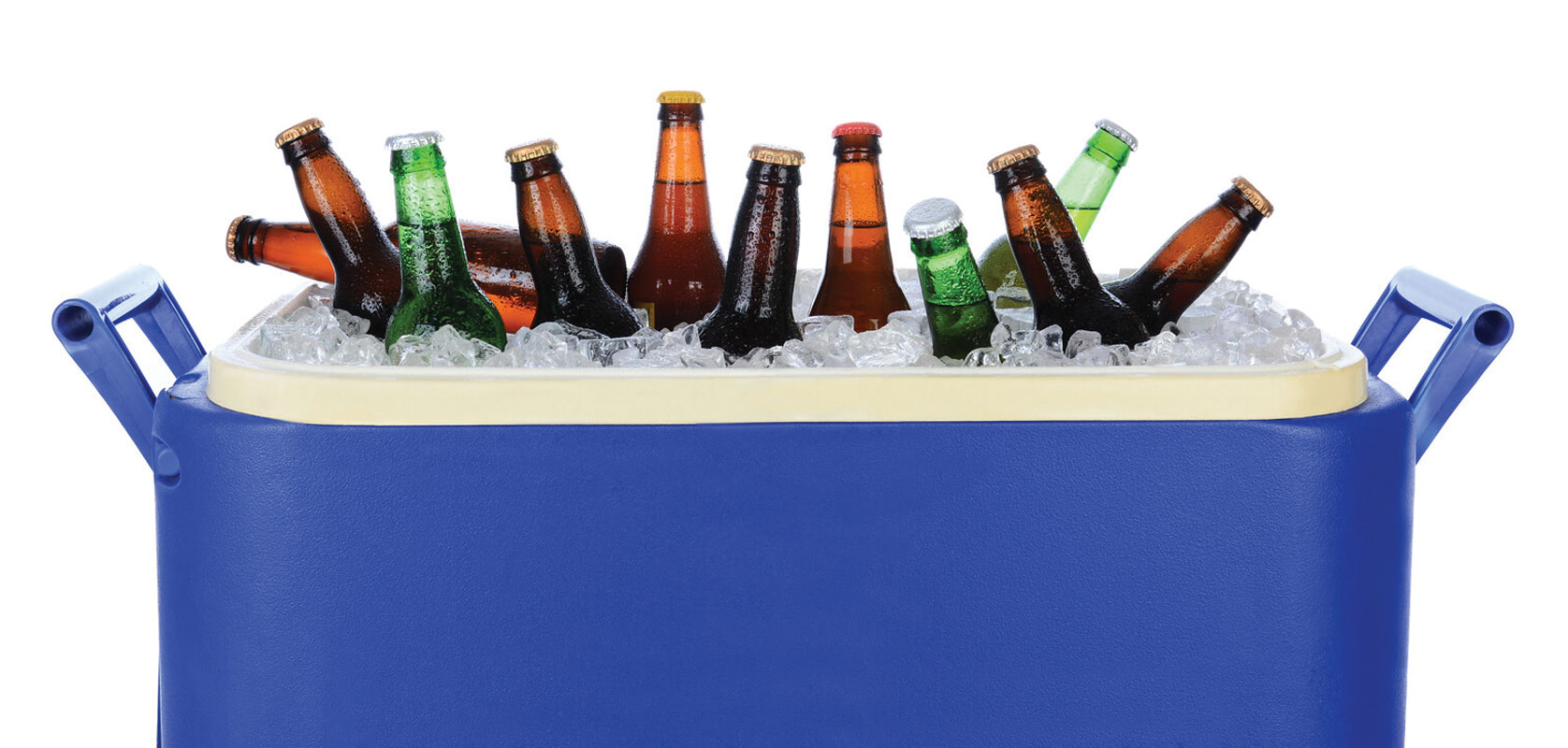Is Less More in Craft Beers?
When craft beer first emerged, these beers were defined by their darker, hoppier, richer flavors and higher alcohol compared to the mass-produced lagers that dominated the market. As craft beer has become more mainstream, the parameters have widened, and we’ve almost come full circle.
Low Calorie
Light beers, invented in the late 60s, skyrocketed in popularity in the early 70s with the introduction of Miller Lite. The brand became a huge success, heavily backed by advertising and former pro-athlete spokesmen touting its drinkability because of its lower alcohol and calories. In the early 80s, Bud Light was launched and the rest is history. Light beers became the biggest segment in American beer and since then, it has maintained its place among drinkers.
Although these are the characteristics loved by light beer consumers, they were the punchline for craft beer drinkers who proudly touted the full flavors of their own beers – until now. Craft beer drinkers, no longer limited to home brew clubs, craft beer bars and beer festivals, have become more diverse, young and vocal. With that come other defining characteristics of modern consumers. While Michelob Ultra is still growing because of its close ties and marketing associated with an active lifestyle, many craft beer consumers hold the same ideals. Many are active, healthy, diet conscious but want the flavor of craft beer. With that comes the new age of craft beers … IPA Lite?
Low-calorie IPAs and other ales are the newest trend in craft beer. The main contributors of calories in beer are carbohydrates and alcohol, so brewers are working on beers that limit both of these factors. This past year, Dogfish Head, always on the forefront of brewing innovation, released Slightly Mighty, a low-calorie IPA brewed with monk fruit extract that adds sweetness without the added calories of additional malt. Many other breweries are also going after the same hop-loving, calorie conscious consumer. Oskar Blues just announced the release of ONE-Y, a 100-calorie Hazy IPA. Lagunitas recently reformulated their Daytime IPA and re-released it at 99 calories, 4% alcohol. Goose Island, owned by Anheuser-Busch, is testing their So-Lo Low Cal IPA, which clocks in at 98 calories. Aside from just IPAs, Boulevard recently released Easy Sport, a “Recreation Ale” brewed with tangerine peel and sea salt. It has electrolytes, which helps it serve as an alternative to Gatorade, clocking in at 99 calories and 4.1% ABV. Kona Brewing’s Kanaha Blonde Ale, brewed with mango, serves as an easy drinking ale, with 99 calories and 4.2% ABV. In the next year, you’ll likely see dozens of other brewers entering this market.
Spiked seltzers are also seeing similar trends. This year, Craft Brew Alliance released Pacer, a line of “Low Proof Seltzers.” At just 2% alcohol and 50 calories, these seltzers also have zero sugar. It’s pretty easy to pace yourself and keep drinking without feeling too inebriated or bloated after a few. White Claw, the reigning king of spiked seltzer, also recently announced the launch of White Claw 70, which offers “70 calories of pure refreshment” with 0g sugar, 0g carbs, and 3.7% alc/vol.
Alcohol Free
For some, the limiting factor isn’t necessarily calories or sugar, but rather alcohol. Many consumers love the taste of beer, but for myriad reasons don’t want the alcohol. Good ol’ O’Doul’s doesn’t do the trick for all drinkers. In Germany, it’s not uncommon for bars to have 4-5 different types of alcohol-free beers on draft. For years, German brewers like Weihenstephaner, Clausthaler, Bitburger and Krombacher have produced NA lagers and hefeweizens for the market. Not going unnoticed, Heineken made a huge push this past year in the U.S. with their Heineken 0.0, offering alcohol-free versions of this iconic European lager.
The U.S. is finally coming around. Brewdog, who runs a couple of production breweries, released Punk AF, an alcohol-free IPA: “A beer for those seeking a point of difference at 0.5% ABV that brings all the attitude of our flagship, all of the flavour – but none of the alcohol.” Athletic Brewing Co. of Connecticut is “pioneering a revolution in non-alcoholic craft beer” by only producing alcohol-free beers. Targeting the active consumer, Athletic offers a full core lineup of NA craft beers, including a stout, IPA, Gose and golden ale.
Craft brewers originally set out to change perception of what beer is and should be. Now that craft beer is part of everyday culture, brewers are bringing it back to where we started. Is this anti-craft? As long as the focus stays on producing delicious liquid that consumers want, we can all drink to that.





